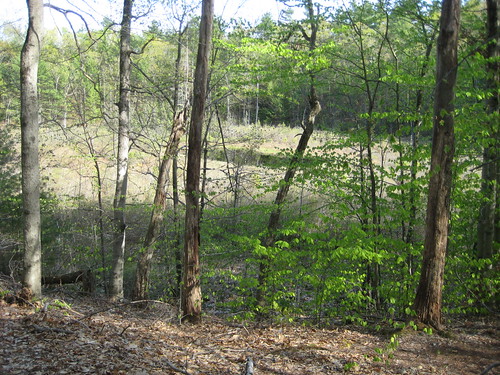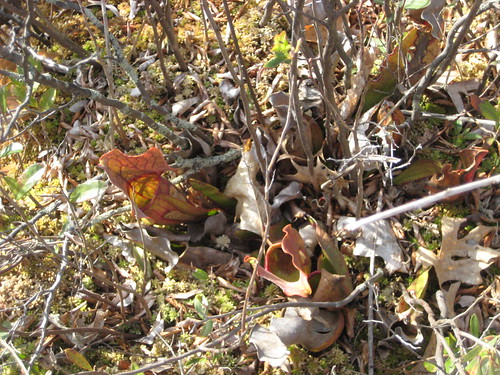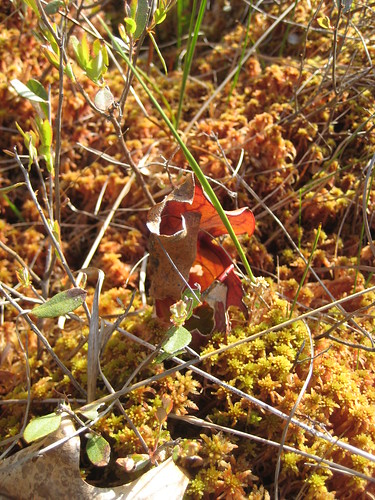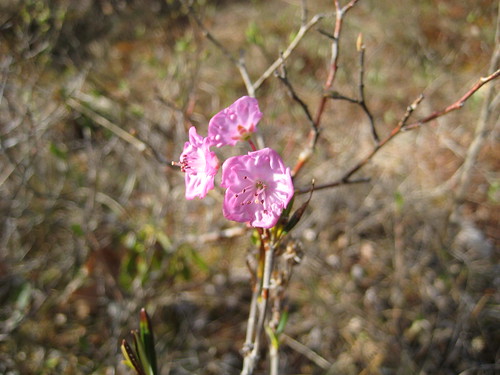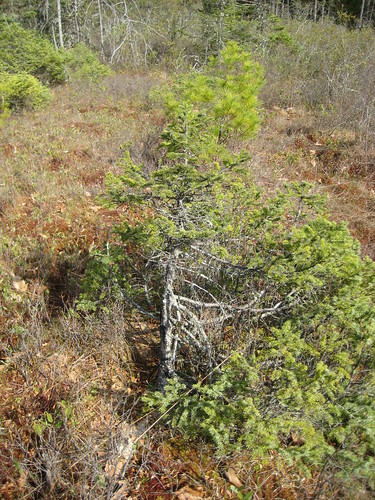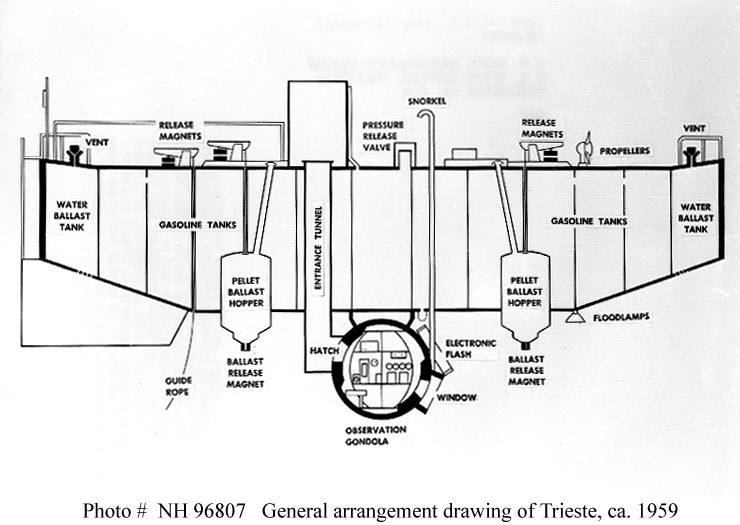As promised, a little more visual info from the great bog outing.
First, a panorama of the open water area of the bog. Side note: I downloaded and tried Hugin as a panorama stitcher (the source pix were taken w/o any assist – I can never find the pano mode on the camera and it has never done me much good anyway) and found it to be really quite excellent.
A video of me settling in to the mat, posted mainly for the sound of the water percolating up as I sank down.
And two videos of the mat undulating, the 1st mild and the 2nd a bit more wild.
*


